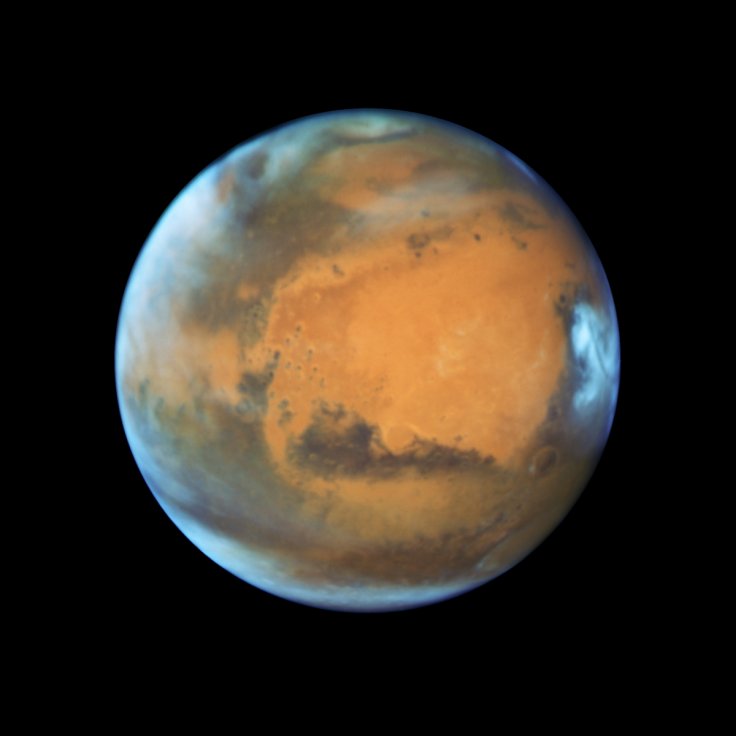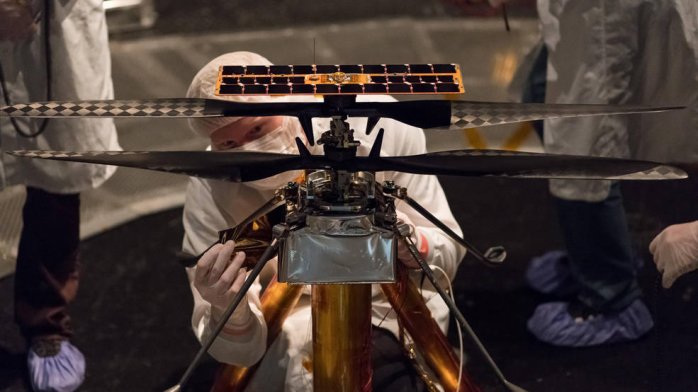The year 2019 was of great significance for the National Aeronautics and Space Administration (NASA). It marked the 50th anniversary of the Apollo 11 landing—the first human landing on the moon. Since the landing of Apollo 11, NASA has worked towards the advancement of space technologies meant to take humans deeper into space.
While space is the final frontier, NASA has set its sight on returning to the Moon and studying it further, though exploration of Mars remained priority in its agenda of future missions. In order, to realize these two goals, NASA has kicked off the Artemis program, named after the Greek goddess of Moon. The program seeks to accomplish sustainable lunar exploration by 2028 besides sending astronauts to the Moon by 2024.
Here are a few highlights in the development of the Artemis program in 2019:
Moon
- Initial surface task orders for commercial deliveries to the Moon were awarded by NASA to nine companies.
- In February and July, twelve new lunar science and technology investigation was chosen, adding to a total of 24 investigations. They are to be part of flights to the Moon under Commercial Lunar Payload Services (CLPS).
- In order to develop the next generation of lunar landers capable of delivering bigger payloads to the Moon, the agency awarded New CLPS contracts to five companies. This brought the tally of companies eligible to bid for these services to fourteen.
- For the development and building of a pathfinder CubeSat set for the same lunar orbit as Gateway, it's planned spaceship to orbit around the Moon, NASA partnered with Advanced Space.

NASA/Joel Kowsky - Also, a contract for the first element of Gateway was awarded. The intention behind the contract was to enable the provision of communications, propulsion, and power to the lunar outpost.
- The agency sought the industry inputs for the production of spacesuits meant for Artemis IV mission and future mission, while it announced the design for spacesuits meant for the Artemis III mission.
- NASA also announced that its new Human Landing System Program will be managed by Marshall Space Flight Center in Huntsville, Alabama. For the designing, development, and demonstration of a human lander, the agency sought the help of American companies.
- VIPER, a new mobile robot, will be sent to scout and collect samples of ice from the lunar South Pole, NASA announced.
- After nearly 50 years, two sets of Moon rocks that were collected and sealed by Apollo astronauts and brought to earth were unsealed for analysis.
Mars
- Seasonal methane and oxygen rise in the atmosphere of Mars was measured and analysed by the Mars chemistry lab on NASA's Curiosity rover.
- The data from the Interior Exploration using Seismic Investigations, Geodesy and Heat Transport (InSight) lander, was under continuous analysis by the international mission team assigned to it. Data on quakes was collected by the lander's seismometer.

Reuters - On April 6, the InSight lander also recorded audio of the first possible quake on Mars.
- A whopping 10,932,295 applications were received by NASA to travel to Mars as a part of the Mars 2020 mission.
- The Mars Helicopter, the first planned aircraft to fly on a different planet, was attached to the Mars 2020 rover. It will detach from the rover after it lands at the Jezero Crater, and carry out test flights on the red planet.
-

Members of the NASA Mars Helicopter team attach a thermal film to the exterior of the flight model of the Mars Helicopter. The image was taken on Feb. 1, 2019 inside the Space Simulator, a 25-foot-wide (7.62-meter-wide) vacuum chamber at NASA’s Jet Propulsion Laboratory in Pasadena, California NASA/JPL-Caltech - Sensors developed under Mars Entry, Descent and Landing Instrumentation 2 (MEDLI2) project, and the resource utilisation experiment, Mars Oxygen In-Situ Resource Utilization Experiment (MOXIE), saw installation within the Mars 2020 entry vehicle and rover.
In addition to advances under the Artemis program, NASA bid goodbye to its earlier exploration rover on 13 February: The Mars Opportunity Rover. It ceased communication with Earth after being engulfed by a severe Mars-wide dust storm in June 2018.
Despite being built to last only for 90 Martian days and traverse than 3,300 feet (1,000 meters), Opportunity performed beyond its assumed capacity. It traveled over 28 miles (45 kilometers), sent home over 217,000 images, and outlived its expectancy by 60 times.
Other developments related to Artemis
NASA built the spacecraft meant for Artemis I, the first mission in the upcoming Artemis missions. It successfully demonstrated the capacity of Orion—NASA's spacecraft built to take humans in to the deeper depths of space—it's launch abort system to retrieve astronauts to safety in the event of an emergency during launch. For its final testing to face the extreme environment of space, Orion was sent to Ohio. Following this, it will be sent back for launch preparation to NASA's Kennedy Space Center in Florida.
Meanwhile, in preparation for launch, the team at Kennedy conducted the first formal training simulation for Artemis I. Simulation for Orion's uncrewed flight to the Moon was conducted by flight controllers at the Johnson Space Center in Houston. Also, a series of tests were conducted on many components of the mission such as sound suppression system at the launch pad and the flow of cryogenic fluids throughout the pad's structure was tested by teams at the Kennedy Space Center.









